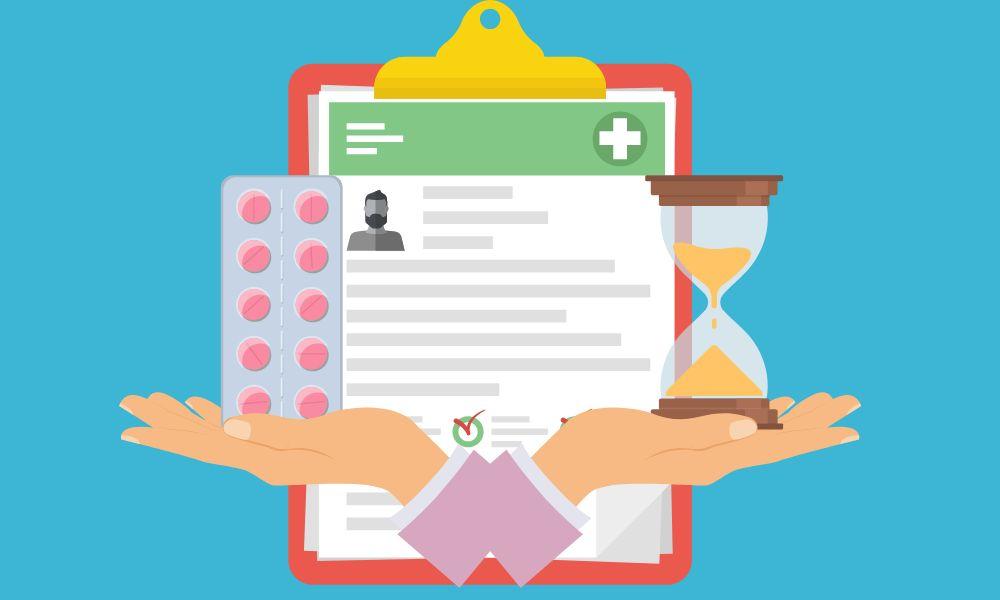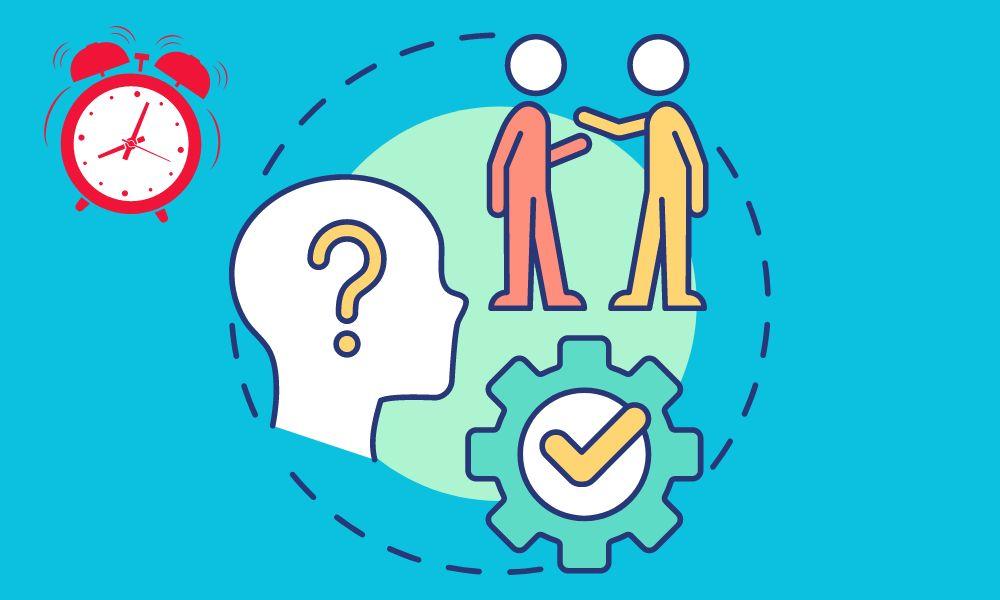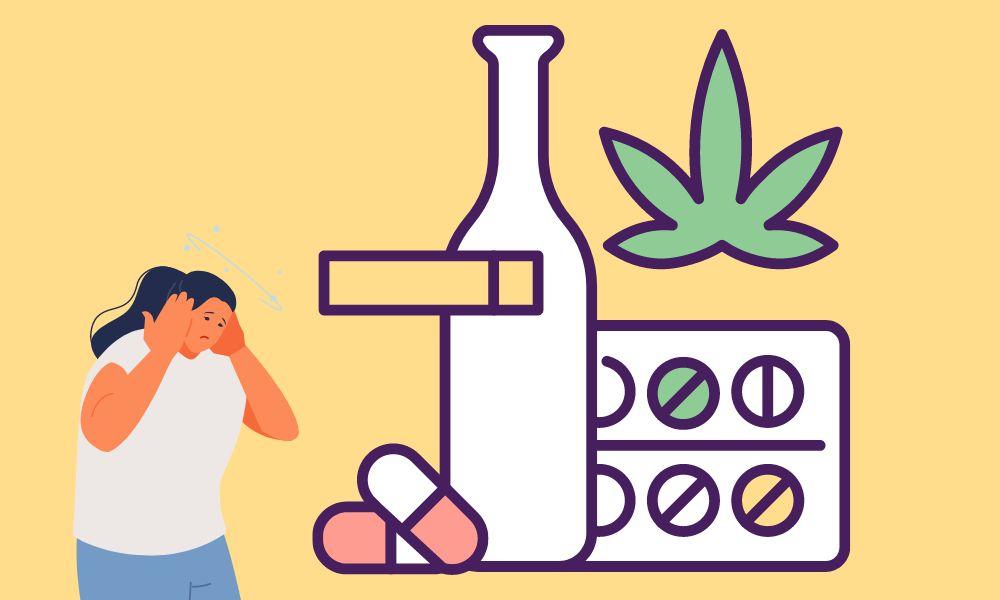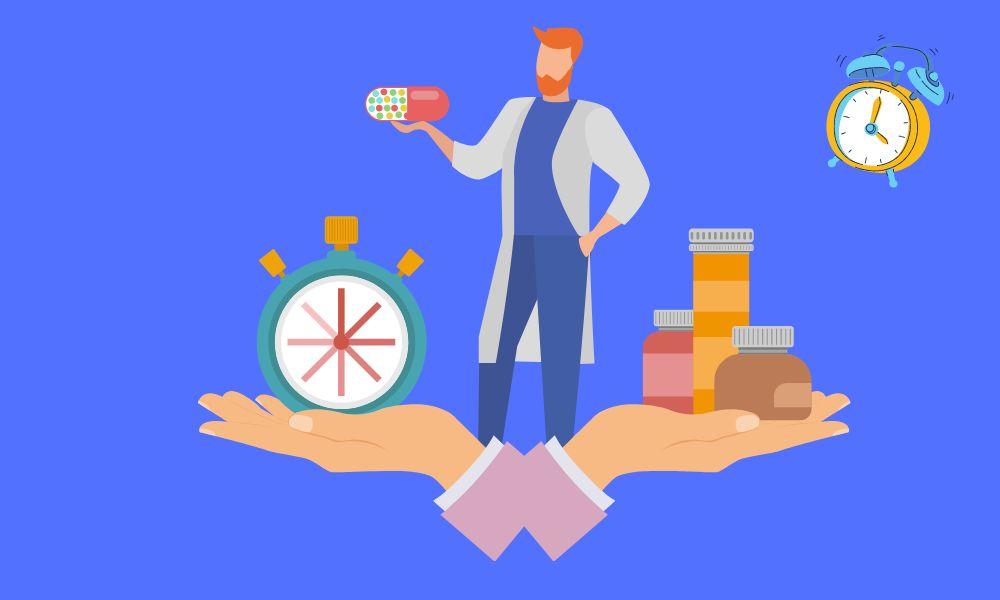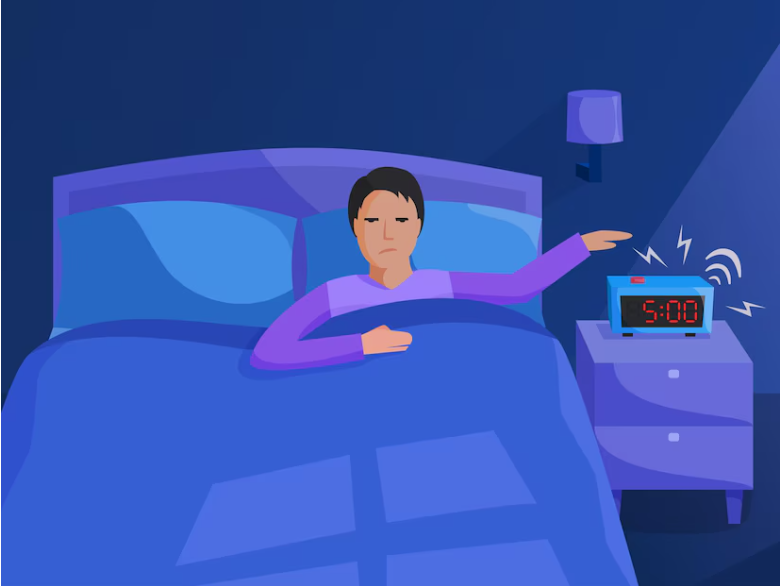
Which is stronger, zolpidem or zopiclone? When it comes to treating insomnia, two of the most commonly prescribed medications are Zolpidem and Zopiclone. Both belong to the class of non-benzodiazepine hypnotics, meaning they work similarly to benzodiazepines but with a slightly different chemical structure and potentially fewer side effects. However, patients often wonder: Which one is stronger? The answer depends on various factors, including their mechanism of action, duration of effects, side effects, and individual patient response.
In this detailed comparison, we will explore the strength, effectiveness, and key differences between Zolpidem and Zopiclone. We’ll also discuss their side effects, recommended dosages, and which might be more suitable depending on your sleep disorder. Additionally, we’ll provide FAQs, practical tips, and extra information to help you make an informed decision about your sleep medication.
Contents
- 0.1 What is Zolpidem?
- 0.2 Which is Stronger – Zolpidem or Zopiclone?
- 0.3 Which One is Better for Different Types of Insomnia?
- 0.4 Side Effects: Zolpidem vs. Zopiclone
- 0.5 Common Side Effects of Zolpidem:
- 0.6 Common Side Effects of Zopiclone:
- 0.7 Which Has Worse Side Effects?
- 0.8 Dependence and Withdrawal: Which is More Addictive?
- 0.9 Tips for Safe Use of Zolpidem and Zopiclone
- 0.10 General Safety Tips:
- 0.11 Extra Tips for Better Sleep Without Medication:
- 0.12 Frequently Asked Questions (FAQs)
- 0.13 1. Can I switch between Zolpidem and Zopiclone?
- 0.14 2. Which is better for chronic insomnia?
- 0.15 3. Can I take Zolpidem or Zopiclone with other medications?
- 0.16 4. Why does Zopiclone leave a metallic taste?
- 0.17 5. Which is stronger for severe insomnia?
- 0.18 Conclusion: Zolpidem vs. Zopiclone – Which Should You Choose?
- 0.19 Medical Perspective on Zopiclone (For Doctors)
- 0.20 Final Recommendation:
- 1 Author Details
What is Zolpidem?
Zolpidem (sold under brand names like Ambien, Stilnox, and Intermezzo) is a short-acting hypnotic primarily used for the treatment of insomnia, particularly difficulties in falling asleep (sleep onset insomnia). It works by enhancing GABA activity in the brain, promoting sedation and relaxation.
- Onset of Action: 15–30 minutes
- Duration of Effects: 6–8 hours
- Half-Life: 2–3 hours (shorter than Zopiclone)
- Recommended Dosage:
- Standard dose: 5–10 mg (immediate-release)
- Extended-release (Ambien CR): 6.25–12.5 mg
What is Zopiclone?
Zopiclone (marketed as Zimovane, Imovane) is another non-benzodiazepine sleep aid but is considered longer-acting compared to Zolpidem. It is prescribed for both sleep onset and sleep maintenance insomnia.
- Onset of Action: 30–60 minutes
- Duration of Effects: 7–8 hours
- Half-Life: 5–6 hours (longer than Zolpidem)
- Recommended Dosage:
- Standard dose: 3.75–7.5 mg
Which is Stronger – Zolpidem or Zopiclone?
The “strength” of a sleep medication can be measured in different ways:
- Speed of Action (Which Works Faster?)
- Zolpidem acts faster (15–30 mins) compared to Zopiclone (30–60 mins).
- Better for those who struggle with falling asleep quickly.
- Duration of Effects (Which Lasts Longer?)
- Zopiclone has a longer half-life (5–6 hours) compared to Zolpidem (2–3 hours).
- More effective for staying asleep throughout the night.
- Potency (Which is More Powerful?)
- Zopiclone is slightly stronger per milligram due to its longer-lasting effects.
- However, Zolpidem feels stronger initially because of its rapid onset.
Which One is Better for Different Types of Insomnia?
- For Trouble Falling Asleep (Sleep Onset Insomnia):
- Zolpidem (faster-acting) is usually preferred.
- For Frequent Night Awakenings (Sleep Maintenance Insomnia):
- Zopiclone (longer-lasting) may be more effective.
Side Effects: Zolpidem vs. Zopiclone
Both medications can cause similar side effects, but some differences exist:
Common Side Effects of Zolpidem:
- Drowsiness, dizziness
- Headaches, nausea
- Sleepwalking or unusual behaviors (rare but serious)
- Metallic taste (less common than Zopiclone)
Common Side Effects of Zopiclone:
- Bitter/metallic taste in mouth (very common)
- Dry mouth, drowsiness
- Daytime fatigue (more pronounced than Zolpidem)
- Mild memory impairment
Which Has Worse Side Effects?
- Zopiclone tends to cause more lingering drowsiness the next day.
- Zolpidem has a higher risk of complex sleep behaviors (e.g., sleep-driving).
Dependence and Withdrawal: Which is More Addictive?
Both Zolpidem and Zopiclone can lead to dependence if used long-term, but:
- Zopiclone has a slightly higher risk of dependence due to its longer half-life.
- Zolpidem withdrawal can be more abrupt because it leaves the system faster.
To minimize addiction risk:
✔ Use only short-term (2–4 weeks max).
✔ Avoid increasing the dose without medical advice.
✔ Taper off gradually under doctor supervision.
Tips for Safe Use of Zolpidem and Zopiclone
General Safety Tips:
- Take only when you can sleep for 7–8 hours uninterrupted.
- Avoid alcohol (increases sedation and risk of overdose).
- Do not drive or operate machinery the next morning.
Extra Tips for Better Sleep Without Medication:
- Follow a consistent sleep schedule.
- Reduce screen time before bed (blue light disrupts sleep).
- Try relaxation techniques (meditation, deep breathing).
Frequently Asked Questions (FAQs)
1. Can I switch between Zolpidem and Zopiclone?
Yes, but only under medical supervision to avoid withdrawal or side effects.
2. Which is better for chronic insomnia?
Neither is ideal for long-term use. Cognitive Behavioral Therapy (CBT) is preferred.
3. Can I take Zolpidem or Zopiclone with other medications?
No, avoid mixing with opioids, benzodiazepines, or alcohol (risk of severe sedation).
4. Why does Zopiclone leave a metallic taste?
It’s a common side effect due to its chemical structure.
5. Which is stronger for severe insomnia?
Zopiclone may be slightly stronger for maintaining sleep, while Zolpidem works faster.
Conclusion: Zolpidem vs. Zopiclone – Which Should You Choose?
Both Zolpidem and Zopiclone are effective for treating insomnia, but their strength and suitability depend on individual needs:
- Choose Zolpidem if:
- You struggle falling asleep quickly.
- You prefer a fast-acting medication.
- You want less next-day drowsiness.
- Choose Zopiclone if:
- You wake up frequently at night.
- You need a longer-lasting effect.
- You don’t mind a slightly stronger sedative effect.
Medical Perspective on Zopiclone (For Doctors)
Zopiclone is a cyclopyrrolone derivative that acts as a GABA-A receptor agonist, promoting sedation. It has a half-life of 5–6 hours, making it useful for sleep maintenance. Due to its potential for dependence, it should be prescribed short-term (2–4 weeks max). Caution is advised in elderly patients and those with hepatic impairment (lower doses recommended).
Final Recommendation:
- Short-term use only (both medications).
- Non-drug therapies (CBT, sleep hygiene) should be first-line treatment.
- Always consult a doctor before starting or switching medications.
By understanding the differences between Zolpidem and Zopiclone, you can make an informed choice for better sleep while minimizing risks. Always follow medical advice for safe and effective treatment.
Author Details




Medical content by qualified psychiatrists
Our editorial policy

Zopiclone precautions Read our potential abuse notice

Looking for a seller? Locate the best Zopiclone vendor

